SUMMARY
This is AI generated summarization, which may have errors. For context, always refer to the full article.
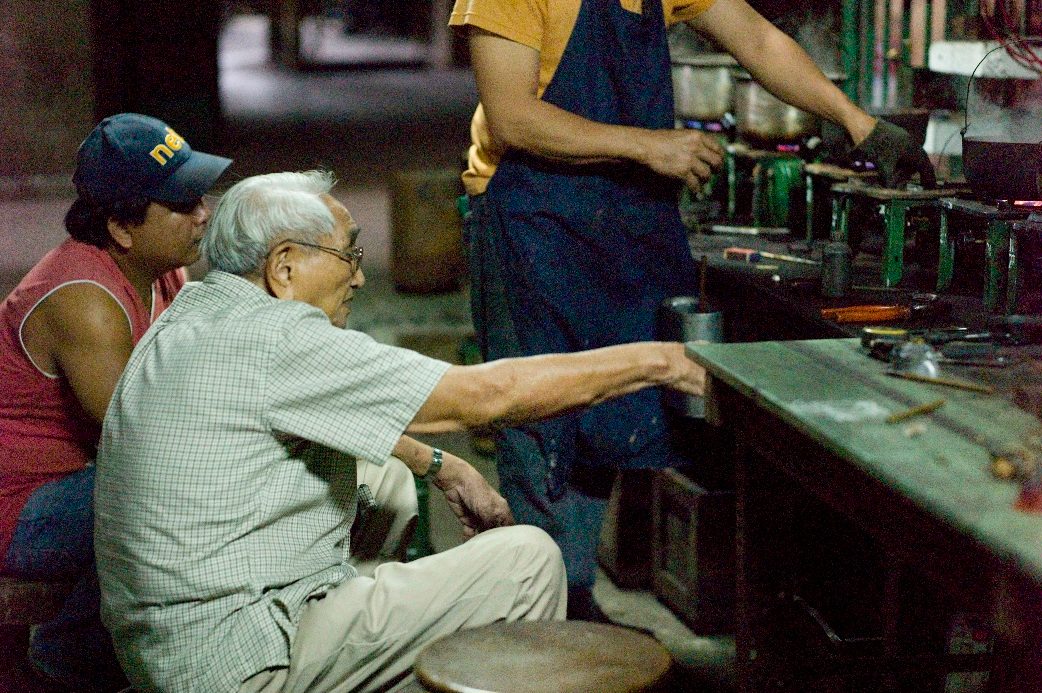
MANILA, Philippines – Enrique “Kee” Laguinia, the man behind the iconic Goodfire kerosene stove, passed away at the age of 99 in 2022. The company he founded, though struggling in this new economic climate, perseveres guided by his principle of helping people.
Born to a father who journeyed on a boat from Taishan, China, and a mother from Taba-ao, Kapangan, Benguet, Kee grew up curious about his surroundings and how things worked.
He aspired to be an engineer, but the last year he attended school was in 1941 when he was in first-year high school and Japanese troops bombed Baguio City.
He, his older brother Freddie, and his father were taken to Benguet State University, which served as their barracks. He served as a cook and translator.
After his release, he joined the guerrilla forces as a medical aide, responsible for storing equipment in the storeroom.
There, he observed the functioning of various things, including the intravenous infusion delivery system.
After the war, Kee’s father opened the People’s Restaurant near the Baguio public market, which became popular among locals.
It was there that he witnessed the struggle of women in the kitchen: they either had to carry firewood or pump kerosene into a stove to start a fire. It was a tedious and time-consuming process.
Through trial and error, he attempted to find a more convenient way to cook. His “aha!” moment came when he recalled the intravenous infusions that utilized gravity. The stove could have an elevated tank connected to a burner, making it easier to fuel the fire.
He commissioned welders to create the frame and tank based on his detailed sketches. The burner was ready-made, and the control knobs, capable of withstanding high temperatures (used for stereo systems), were readily available.
After numerous nights of planning and experimenting, he assembled and sold his first stove in 1955 to a jeepney driver in the neighborhood. It was portable, safer than an open fire, affordable, and proudly Philippine-made.
It was Goodfire.
Peacetime: Better times
By that time, Freddie had married and taken charge of the restaurant, freeing Kee to leave Baguio for Manila.
He opened a shop on Ongpin Street in Santa Cruz, Manila. He located suppliers for the materials and a welder. He delivered the materials to the welder, and after fabrication, he transported them to the shop for assembly and marketing. They produced two to three burners per week and sold them promptly.
His sisters also helped, going from door to door, explaining and demonstrating to potential customers how to use the stove. Eventually, he hired a salesman and placed an advertisement in the widely-read Liwayway Magazine.

Households found it more convenient to use than firewood or charcoal. At that time, kerosene was subsidized, making it much cheaper than liquefied petroleum gas (LPG).
Even as business picked up, Kee continued to strive for improvement in technology and materials, making the stove more durable, user-friendly, and affordable.
Some of his younger siblings came to study in Manila, and they all lived above the shop.
Building up
In 1968, Goodfire Stoves relocated to a small workshop in Caloocan, employing 10 workers.
Within a year, Kee bought a factory in Valenzuela and moved there with 20 workers, most of them from their hometown in Benguet.
During its peak from the late 1980s to 1990s, Goodfire employed 250 people who worked 12-hour shifts, striving to meet the growing demand from households as well as street vendors who benefitted from the portable stoves.
His younger brother, John, who studied electrical engineering, helped automate the process and improve the efficiency of the assembly line.
Eventually, John assumed management of the business, freeing up time for Kee to tinker and experiment with other projects.
He and his sisters subsequently built a siphon pump and irrigation system to assist farmers in Taba-ao. He also successfully created a fully-functioning pocket turbine after 10 years of experimentation.
In 1989, Kee asked his eldest daughter Elma, who had graduated with an architecture degree, if she wanted to take over the business. Unaware that she had a choice, Elma reluctantly agreed.
Thriving amid the competition
The unit has evolved from the original stand-alone table-height model from the 1950s, featuring a tiled top and iron legs, to the more mobile units used for fish ball carts.
Shortly before the onset of the COVID-19 pandemic, Goodfire had already been selling replacement parts and repair kits through an e-commerce site. They experienced significant sales during the pandemic as people discovered they could easily repair and replace their robust stoves themselves.
Despite the pandemic lockdown, the factory workers continued manufacturing stoves; they lived in the same building because they were unable to leave Metro Manila.
The company managed to sustain their salaries until October 2020 when travel restrictions eased, and they all returned to Benguet.
But before they left, Elma advised them that considering the uncertain circumstances, they should seize other job opportunities.
Elma was left with a factory brimming with Goodfire stoves.
The factory now operates with a mere 15 staff members who handle every step of the process, from cutting the metal to assembling the stoves.
Some of the workers have dedicated their entire careers to this job, while others have retired. Its youngest workers are in their fifties.
Continuing a legacy
In 1993, Kee received the Outstanding Inventor award from the World Intellectual Property Organization, and in 1997, he was honored with the Benguet Leadership Award.
Elma recalled that as Kee grew older, he would begin each day by saying, “Thank you, I’m still alive!”
Due to the escalating production costs, Elma has had to confront the possibility of subcontracting production.
“Everyone is advising me to have everything manufactured in China and import the finished units because it’s more practical and cost-effective. But deep down, [I know] my dad would say, ‘If we’re only going to trade, never mind,'” Elma told Rappler.
Elma reminisced her father’s primary motive for starting Goodfire: to create jobs and enhance people’s lives.
And it is this guiding spirit that propels the factory forward. – Rappler.com
Mari-An Santos is an Aries Rufo Journalism fellow.
Add a comment
How does this make you feel?


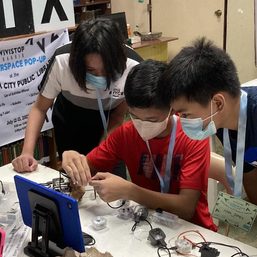
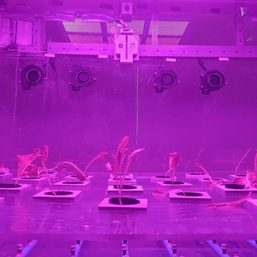



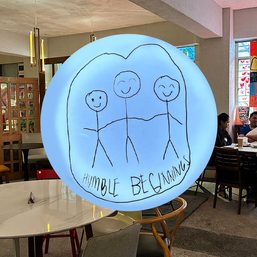
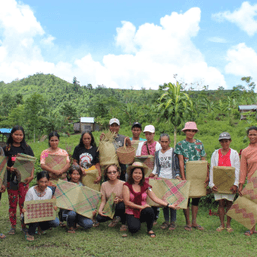
![[EDITORIAL] Apat na taon na lang Ginoong Marcos, ‘di na puwede ang papetiks-petiks](https://www.rappler.com/tachyon/2024/07/animated-bongbong-marcos-2024-sona-day-carousel.jpg?resize=257%2C257&crop=280px%2C0px%2C720px%2C720px)
![[In This Economy] Delulunomics: Kailan magiging upper-middle income country ang Pilipinas?](https://www.rappler.com/tachyon/2024/07/in-this-economy-upper-middle-income-country.jpg?resize=257%2C257&crop=421px%2C0px%2C1080px%2C1080px)

![[EDITORIAL] Marcos Year 2: Hilong-talilong](https://www.rappler.com/tachyon/2024/07/animated-bongbong-marcos-2nd-sona-carousel.jpg?resize=257%2C257&crop=136px%2C0px%2C720px%2C720px)
![[Newspoint] A fighting presence](https://www.rappler.com/tachyon/2024/07/thought-leaders-a-fighting-presence.jpg?resize=257%2C257&crop=441px%2C0px%2C1080px%2C1080px)
There are no comments yet. Add your comment to start the conversation.